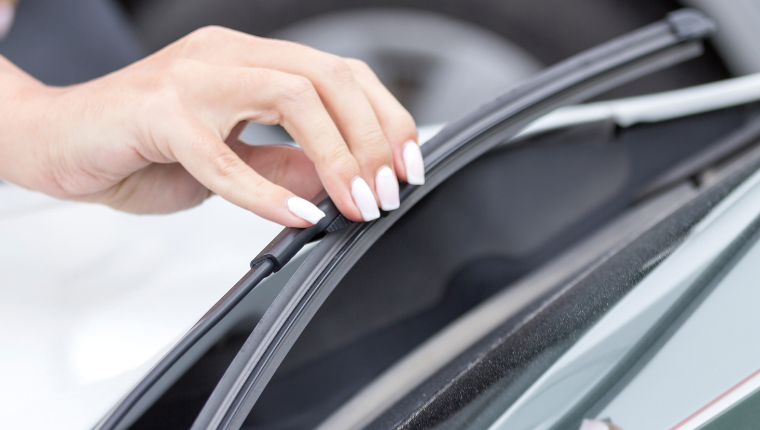Tips for Driving in Spring and Navigating the Season Change
March 29, 2021 | by BMI Staff
Any time the seasons change, it’s a good practice to take inventory of your vehicle’s drivability and adjust your driving habits to accommodate the weather. Use this guide to accomplish both and to stay as safe as possible on the road, this spring!
Check Your Tires
What better time to assess the tread on your tires than after the rough driving that may have come with a harsh winter? Now that the rainy season is upon us, it’s a good idea to make sure you have proper traction when navigating slick roads. Tread depth can make or break driving safety, because tires without the proper amount of tread can cause uncontrollable sliding and drifting. This is the last thing a driver wants when heading into the rainy season.
Measure the tread on your tires using the quarter test. With George Washington’s head down, place a quarter in one of the grooves on each tire. If you are able to see the top of his head on the coin once it’s placed, that means your tread is less than one-eighth of an inch deep. This is indicative of a tire that needs to be replaced. If the top of his head is not visible from within the groove, you’re good to go for a bit longer! Taking the test one step further, you may use a penny to test the severity of your tread depth. With Abraham Lincoln’s head down, if you can see all of his head on the coin, that means your tread depth is only one-sixteenth of an inch, and they are in critical need of replacement.
Check Your Wipers
Windshield wipers are the only thing keeping your visual of the road intact during a storm. Before the rain kicks up all over the midwest, make sure to evaluate the condition of your wiper blades. One thing to look out for during your inspection is whether or not the rubber is coming loose from the wiper arms. If they are not loose, check to make sure they aren’t splitting or have any visible damage. If you haven’t noticed any damage that would warrant immediate replacement, the next step is to clean the blades with a cloth and mild detergent. Finally, scrub your windshield of any grime or bugs to elongate your wipers’ life. Regularly check the condition of your wipers by spraying windshield fluid and taking test swipes to see if there are any streaks or unwiped spots on the glass.
Slow Down When it’s Slick
Slick roads are not isolated to winter weather and can occur any time precipitation hits the pavement. Rain and hail both have parts to play in slick roads. Rain water lifts road oils and other substances up and makes driving conditions more hazardous, while hail can make for icy road conditions. Watch out for wet leaves on the road as well, as they can reduce traction and cause sliding all their own.
Avoid Potholes
Potholes are jarring to a vehicle. Hitting a deep enough one can damage the alignment. They can also cause tires to wear out much more rapidly. When possible, and without veering into traffic or off the road, try to avoid potholes on the road.
Get Insured
Before heading into the rainy season, the best way to protect yourself against the elements is to update your insurance policy. Make sure you are covered for any type of event. Call your BMI agent today!









